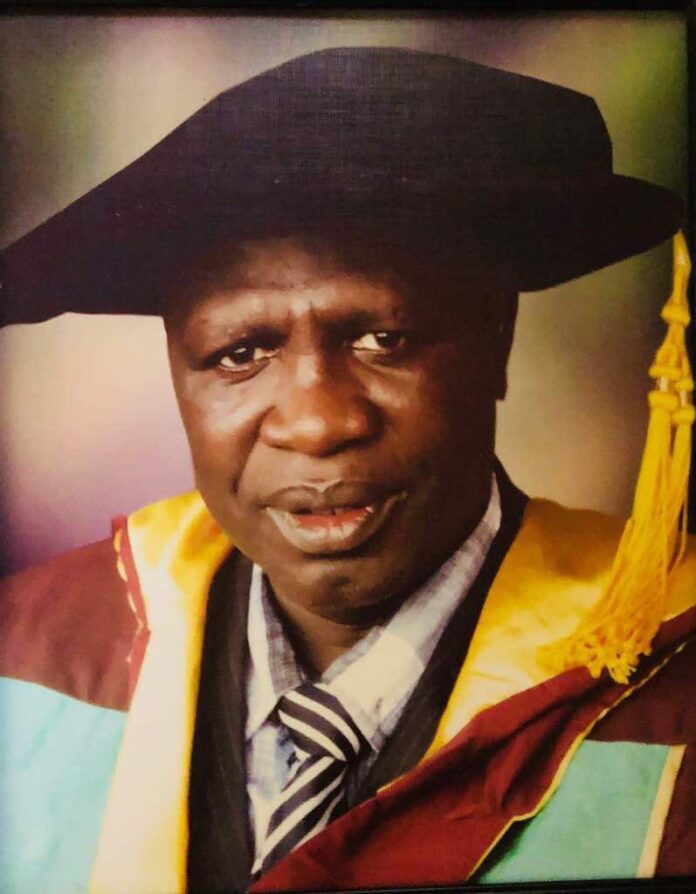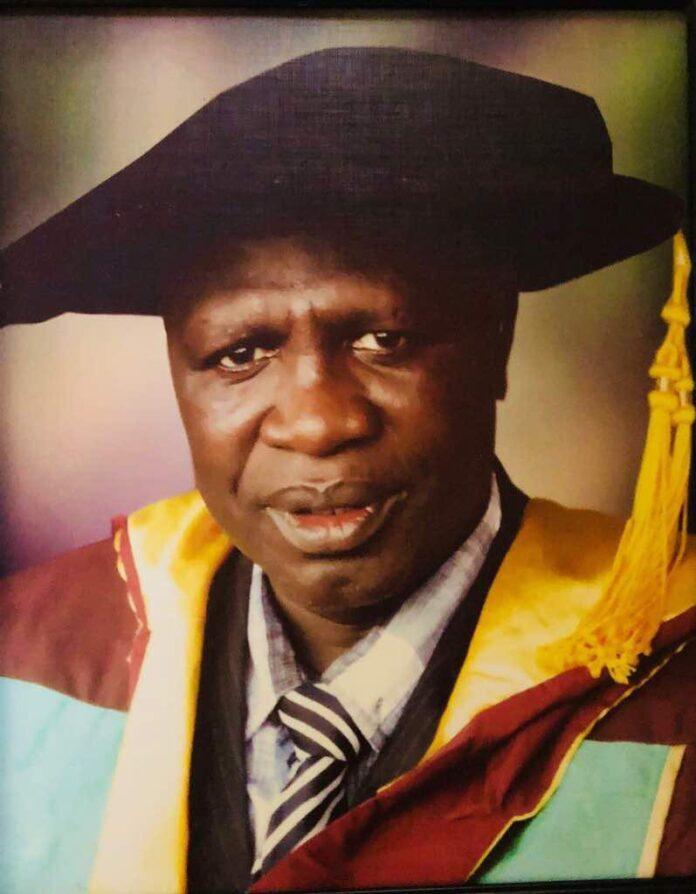Alexander Graham Bell, Thomas Edison, Sumner Tainter, Valdemar Poulsen and few others are rightly qualified as first generation inventors for telecommunication, which was built from the scratch to the present day ICT.
The next important technology that facilitated the development of human civilization before Stone Age is transportation, which is diverse with different levels of sophistication.
Starting with the invention of the airplane which to my thinking is the most mind-boggling and astounding system to mankind.
From time immemorial, mankind marveled the way birds were flying crisscrossing the sky at will without hindrance, and it was the dream of many inventors of 18th and 19th centuries to make human being fly.
People built wings to strap onto their arm or machines with flapping wings called “ornithopters” in a desperate effort to navigate the sky like birds.
The concept was perfectly working for smaller body at bird-scale was not working for much larger scale needed to lift both a man and a machine off the ground. So, the idea was completely discarded and began to look for other means of making man to fly.
Beginning in 1783, a few aeronauts made daring, uncontrolled flights in lighter-than-air balloons, filled with either hot air or hydrogen gas, which made them lift the ground with tremendous risk to their lives.
All these proved impractical way to fly as there was no way to move from one point to the next desired point unless the wind was blowing in the same – desired direction.
It was in the early nineteenth century that an English baronet from Yorkshire conceived an idea of a flying machine with fixed wings, a kind of propulsion system, and movable control surfaces.
That was the fundamental mechanism of making a larger object to fly – popularly called airplane. Sir George Cayley was the first inventor of a true airplane — a kite mounted on a stick with a movable tail.

It was crude, but originated the idea of inventing an airplane. It was that idea, which evolved overtime and made the design and fabrication of a gigantic machine that could carry over 500 people with their personal belongings and move with amazing speed of a thousand or so kilometers per hour, faster than speed of sound – a supersonic speed as physicists will call it.
In 1799, Sir George Cayley extensively worked on the mechanics of lift and drag forces – a kind of fan engineering; and presented his first scientific design for a fixed-wing aircraft.
This arose interests among aeronautics; scientists and engineers who experimented and permutated all kind of ideas on designing and testing airplanes.
In 1874, Felix duTemple made the first attempt at powered flight by hopping off the end of a ramp in a steam-driven monoplane. Other scientists, such as Francis Wenham and Horatio Phillips studied cambered wing designs mounted in wind tunnels and on whirling arms.
The Aerial Steam Carriage, conceived by William Henson in 1843, was the first aircraft design to show propellers. 50 years later, precisely in 1894, Sir Hiram Maxim made a successful takeoff using a biplane on a “test rig” but it was a woefully uncontrolled flight – with danger and potential for sustaining body injury.
Thereafter, Otto Lilienthal was the first to make a controlled flight by shifting his body weight to steer a small glider. Motivated by the Otto’s success, the Wright brothers; Wilbur and Orville Wright experimented with aerodynamic surfaces to control an airplane in flight successfully.
The brothers’ first glider, tested in 1900, failed to fly. A second trial in 1901 fared better, but they went on by improving the design after each trial.
Later that year, the brothers built a wind tunnel in which they tested over 200 wing and airframe designs. This resulted in a successful glider (unpowered) model (flown in 1902 at Kill Devils Hills near Kitty Hawk). Their work led them to make the first controlled, sustained, powered flights on December 17, 1903 in Kitty Hawk, North Carolina.
It flew for 12 seconds covering a distance of 37 m. The brothers choice of Kitty Hawk to fly their planes was because of it was an isolated town on North Carolina’s Outer Banks that had steady winds and sand dunes on which they could glide and land gently, maximizing their safety.
The engine of the plane stalled during another trial on December 14th. It took them three days to repair the engine for the subsequent trial, the plane accelerated on a monorail track and flew into the air, staying up for 15 seconds; it flew 47 meters.
That day, the brothers took turns flying the plane. On the last flight that day, Wilburs flew 260 meters in 59 seconds. Their “Wright fly” was a fabric-covered biplane with a wooden frame. A 12-horsepower water-cooled engine was made to energize the two propellers of the plane, which caused it flew and moved.

Wright brothers were raised in Dayton, Ohio but were not able to make it to college. However, they had strong intuitive technical ability for creativity and innovations. During the next few years, the brothers developed more sophisticated planes.
They later formed the Wright Company, which built and sold their airplanes. Before venturing into airplane building, they had their hands in several innovations as they were credited of building a printing press, constructed, repair and sales of bicycles.
It was the profits made from bicycle business that funded their airplane-building endeavor. The Wright brothers’ famous airplane, the “Wright Flyer,” is on permanent display at the National Air and Space Museum in Washington, D.C., USA. Wilbur Wright died in 1912 of typhoid fever while Orville died 36 years later in 1948.
The work of Wrights accelerated aviation at an unprecedented rate – and for good reason. The feats achieved sequentially were landing without crashing (1903 to 1905) – The Wright Brothers develop their temperamental Kitty Hawk Flyer into a practical flying machine. Aeronautical scientists and engineers in America and Europe designed and fabricated fixed wings to the airplane.
Thereafter, the planes were made to achieve faster, higher and long distances between 1909 and 1912) – Pilots and engineers begin to explore the capabilities and push the possibilities of aircraft.
While the Americans are crediting and celebrating Wright brothers of being the pioneers inventors of airplane, elsewhere, this claim is recently being challenged.
According to an online paper www.airspacemag.com/history. The paper indicated that a number of candidates were suggested for first-flight honors; Hiram Maxim, Clement Ader, Karl Jatho, and Augustus Moore Herring, who were reported flying distances of up to 70 m through the air.
Another strong contender was Gustave Whitehead who was believed to had flown his Condor plane in August 1901 – more than two years before the Wright Brothers’ famous successful flight. Condor was designed to be part-car, part plane and may have been reputed to be the first flying car, as reported by one of the famous aviation journal Jane.
Gustave Whitehead, a German immigrant in USA who settled in Bridgeport, Connecticut, USA where he reported to had made some spectacular flights.
This is the short history of the early invention of airplane between the Americans and Europeans in the 18th and 19th centuries. The next interesting invention in the transportation sector is “vehicle” which is came earlier than airplane. (To be Continued next week)
Follow the Neptune Prime channel on WhatsApp:
Do you have breaking news, interview request, opinion, suggestion, or want your event covered? Email us at neptuneprime2233@gmail.com



